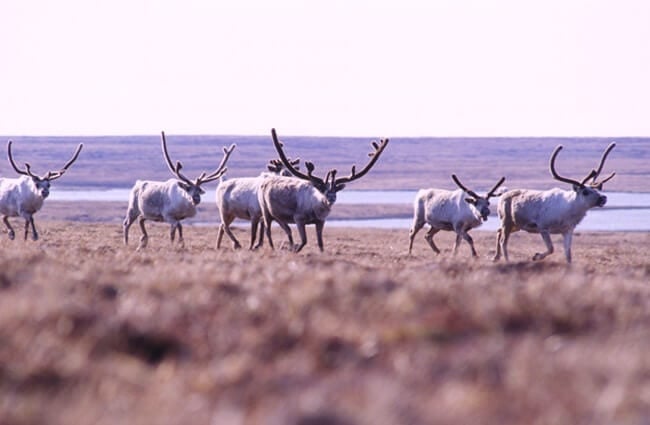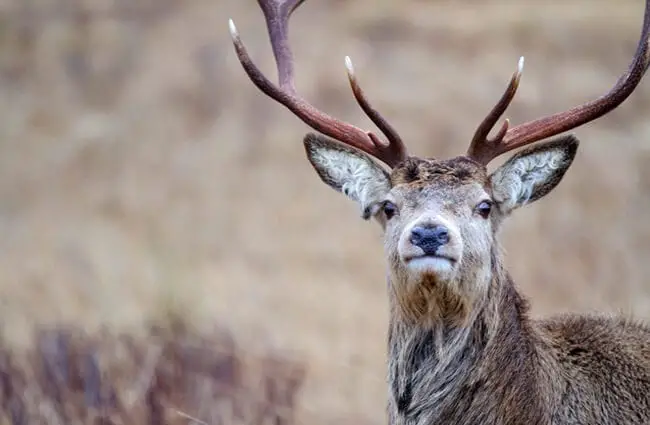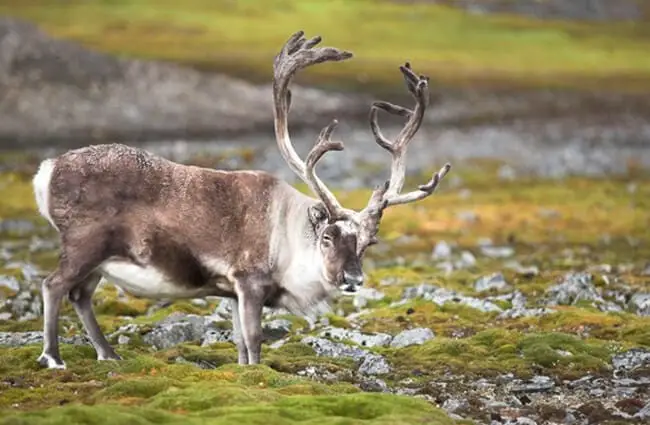The world’s northern reaches are home to a creature of incredible resilience and beauty: the reindeer. Often associated with winter wonderlands and festive traditions, these animals are far more complex and fascinating than many realize. This comprehensive guide explores the reindeer’s natural history, behavior, ecological role, and relationship with humans.

Understanding the Reindeer
Reindeer, also known as caribou in North America, belong to the deer family Cervidae. They are uniquely adapted to thrive in the harsh Arctic and subarctic environments of Eurasia and North America. Their scientific name is Rangifer tarandus. These animals are characterized by their thick fur, broad antlers present in both males and females, and large, specialized hooves.
Habitat and Distribution
Reindeer inhabit a wide range of habitats, including tundra, boreal forests, and mountainous regions. Their distribution stretches across northern Europe, Asia, and North America. In North America, they are found primarily in Canada, Alaska, and Greenland. Eurasian reindeer populations are found in Scandinavia, Russia, and Mongolia. They have adapted to extreme cold and limited food availability.
Physical Adaptations
Several physical adaptations enable reindeer to survive in their challenging environment. Their dense coat provides exceptional insulation, and a layer of air trapped within the fur further enhances thermal regulation. Their broad hooves act like snowshoes, distributing their weight and preventing them from sinking into the snow. These hooves also provide traction on ice and snow and are adept at digging for vegetation beneath the snow cover. Reindeer have a specialized circulatory system that minimizes heat loss in their extremities.
Evolutionary History
The evolutionary history of reindeer traces back to the Pleistocene epoch. Fossil evidence suggests that their ancestors were likely similar to the modern-day musk deer. Over millions of years, reindeer evolved adaptations to cope with the increasing cold and changing environments of the Arctic and subarctic regions. Their ancestors gradually migrated northward, developing characteristics such as thicker fur, broader antlers, and specialized hooves. Genetic studies reveal distinct populations and subspecies of reindeer, each adapted to specific environmental conditions.

Diet and Feeding Habits
Reindeer are herbivores with a diverse diet. Their primary food source is lichens, particularly during the winter months when other vegetation is scarce. Lichens are a low-nutrient food source, requiring reindeer to consume large quantities to meet their energy needs. During the warmer months, they also feed on grasses, sedges, leaves, and berries. They utilize their specialized snouts to paw through snow and locate vegetation. Reindeer also have a complex digestive system with multiple stomach chambers, aiding in the breakdown of tough plant matter.
Life Cycle and Reproduction
Reindeer typically breed in the autumn. Males, or bulls, engage in fierce competition for mating rights, often involving displays of strength and antler clashes. Gestation lasts approximately seven to eight months, with calves usually born in the spring. Calves are precocial, meaning they are born relatively well-developed and able to stand and walk shortly after birth. Calves remain dependent on their mothers for several months, learning essential survival skills. Reindeer have a relatively long lifespan, with some individuals living up to 15 years in the wild.

Social Behavior and Herds
Reindeer are social animals, often forming large herds. Herd size can vary depending on the season and availability of resources. Herds provide protection from predators and facilitate mating opportunities. Within a herd, reindeer establish dominance hierarchies, with older and larger individuals often taking the lead. They communicate through vocalizations, scent marking, and body language. Migration is a common behavior among reindeer populations, as they move to different areas to find food and breeding grounds.
Ecological Role and Interactions
Reindeer play a crucial role in the ecosystems they inhabit. They are a primary herbivore, influencing vegetation growth and distribution. Their grazing patterns can shape plant communities and create habitats for other animals. Reindeer also serve as an important prey species for predators such as wolves, bears, and wolverines. Their presence contributes to nutrient cycling and soil health. They interact with other ungulates such as musk oxen and occasionally other caribou, competing for resources.

Reindeer and Humans
The relationship between reindeer and humans stretches back thousands of years. Indigenous cultures in Arctic and subarctic regions have relied on reindeer for sustenance, clothing, transportation, and cultural practices. Reindeer herding remains an important economic and cultural activity for many communities. In recent years, reindeer populations have faced threats from habitat loss, climate change, and human development. Conservation efforts are underway to protect these magnificent animals and their habitats.
Reindeer in Culture
Reindeer hold significant cultural importance for many northern peoples. They are central to the mythology and folklore of numerous Indigenous groups. Reindeer are often depicted in art, storytelling, and ceremonies. Their antlers and other parts are used for tools, crafts, and medicinal purposes. Reindeer are also closely associated with the Christmas tradition, as the mythical creatures that pull Santa’s sleigh.

Encountering Reindeer in the Wild
If encountering reindeer in the wild, maintain a respectful distance. Avoid approaching or attempting to feed them. Loud noises or sudden movements can startle them. Observe them from afar, allowing them to continue their natural behaviors. If traveling with dogs, keep them leashed to prevent them from harassing the reindeer. Report any injured or distressed animals to local wildlife authorities.
Caring for Reindeer in Captivity
Caring for reindeer in captivity requires specialized knowledge and facilities. Provide ample space for roaming and grazing. Recreate a natural habitat with varied terrain and vegetation. Offer a balanced diet consisting of lichens, grasses, and supplemental feed. Provide access to clean water at all times. Implement a regular veterinary care program. Enrichment activities such as puzzle feeders and browsing opportunities are essential for maintaining their mental and physical well-being. Avoid overcrowding and minimize human interaction to reduce stress.

Interesting Reindeer Facts
- Both male and female reindeer grow antlers, although males typically have larger ones.
- Reindeer can swim well and have been known to cross rivers and lakes when necessary.
- They have a unique tapetum lucidum in their eyes, which reflects light and enhances their vision in low-light conditions.
- Reindeer are able to metabolize fat efficiently, providing them with energy during harsh winters.
- Their hooves are also adept at digging through snow to find food.
- Reindeer can run up to 55 km per hour (~34 mph).
The reindeer is a testament to the power of adaptation and the beauty of the natural world. Understanding these remarkable animals is crucial for ensuring their survival and preserving the ecosystems they inhabit. Continued research and conservation efforts are vital for safeguarding the future of the reindeer for generations to come.

![Red Angus Closeup of a beautiful Red Angus cowPhoto by: U.S. Department of Agriculture [pubic domain]https://creativecommons.org/licenses/by/2.0/](https://animals.net/wp-content/uploads/2020/03/Red-Angus-4-238x178.jpg)


![Red Angus Closeup of a beautiful Red Angus cowPhoto by: U.S. Department of Agriculture [pubic domain]https://creativecommons.org/licenses/by/2.0/](https://animals.net/wp-content/uploads/2020/03/Red-Angus-4-100x75.jpg)

